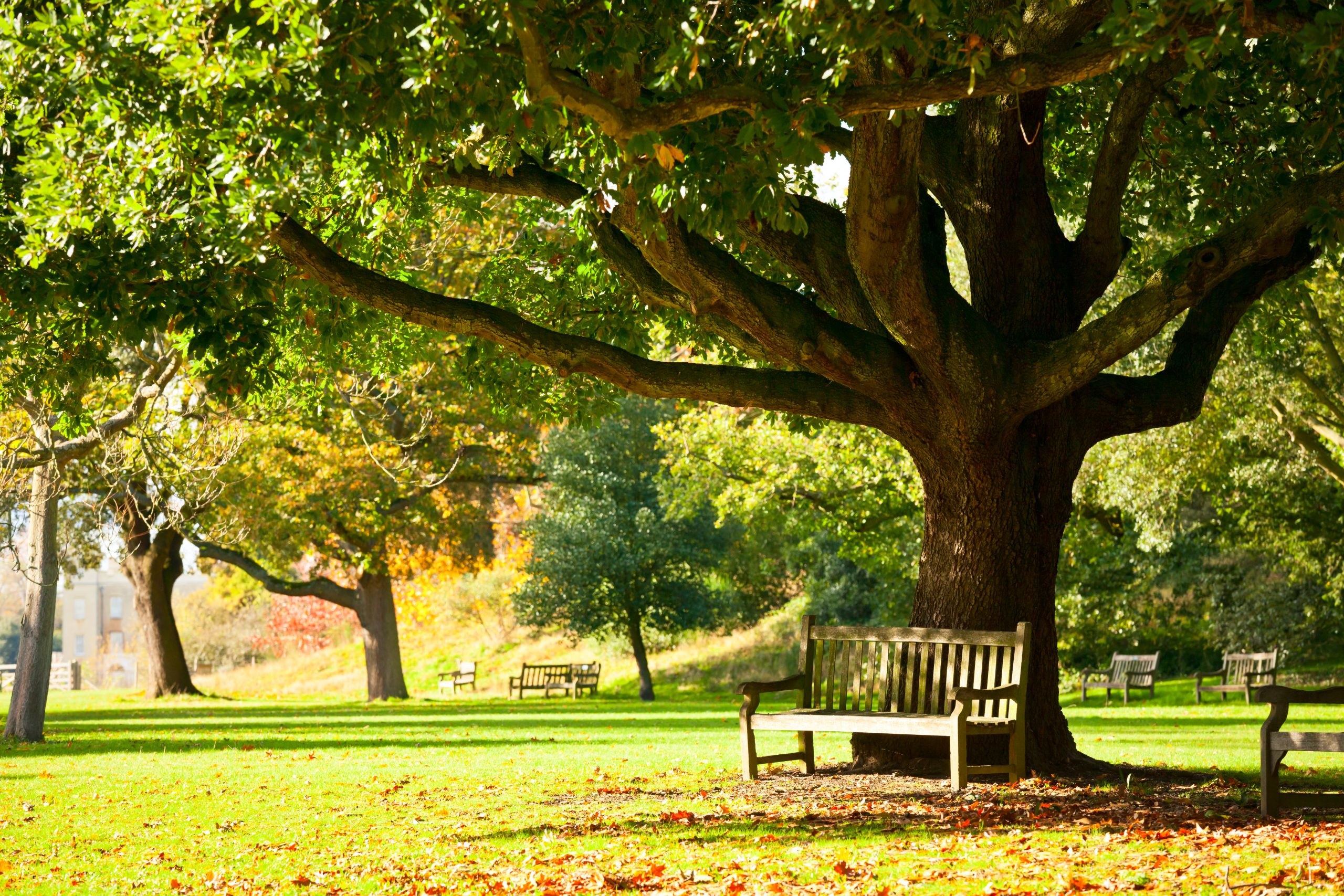Capturing Time: The Unexpected Science Behind Great Photographs
I’ve always been fascinated by photographs. There’s something magical about how a single image can encapsulate an entire moment, a fleeting second that would otherwise dissolve into the vast sea of our memories. But it wasn’t until I started dabbling in photography myself that I realized how much science plays a role in creating these snapshots of time. It’s not just about pointing and clicking; it’s about understanding light, timing, and even human perception.
One of the first things I learned was about the interplay of light and exposure. I remember standing in my backyard one evening, trying to capture the golden hour glow on a rusting old wheelbarrow. With a little research, I discovered how the angle and intensity of the sunlight could dramatically alter the mood of my photos. It’s all about photons bouncing around, creating shadows and highlights, and how our camera sensors interpret these light particles. I found myself adjusting my camera settings, experimenting with aperture and shutter speed, and realizing that these technical choices were directly linked to the science of optics.
Then there’s the matter of timing. I once spent an afternoon in a park, trying to capture a squirrel mid-leap between tree branches. It was a lesson in patience and precision. The science here is about motion and the fraction of a second that makes the difference between a blur and a perfectly crisp image. Successful wildlife photographers often use high-speed cameras, but even with my modest gear, I learned that anticipation and understanding movement patterns were key. I had to predict when the squirrel would jump and click the shutter a split second before it did. It’s like a dance with time, requiring an intuitive sense of rhythm and speed.
Interestingly, our brains also play a significant role in how we perceive photographs. The rule of thirds, for example, isn’t just a compositional guideline; it taps into how our eyes naturally scan images. By placing points of interest along these lines, we create a sense of balance and harmony that our brains find pleasing. This isn’t something photographers invented; it’s deeply rooted in cognitive science and the way we process visual information.
And let’s not forget the emotional science behind photographs. A picture of a child playing in the rain can evoke feelings of nostalgia, joy, or even sadness, depending on our personal experiences. This emotional connection is why some images resonate with us more than others. It’s fascinating to think that our memories and emotions can be triggered by a two-dimensional representation of a three-dimensional world, all thanks to the intricate ways our brains work.
As I continue my journey with photography, I’m constantly reminded of how much there is to learn and appreciate about this art form. It’s a blend of technical knowledge, creative vision, and an understanding of human perception. The next time you look at a photograph, consider the science behind it—how light, time, and even your brain come together to create that image. It’s a reminder of how intricately connected we are to the world around us and how, in capturing time, we also capture a piece of ourselves.




